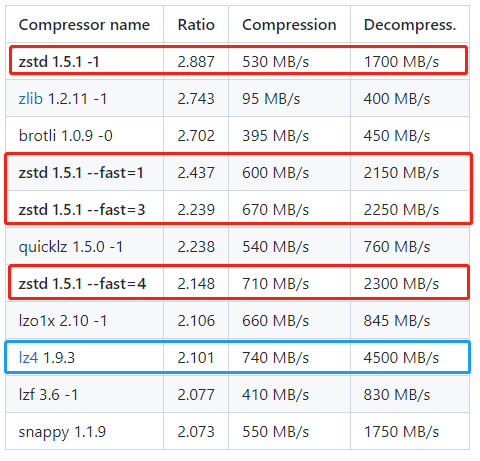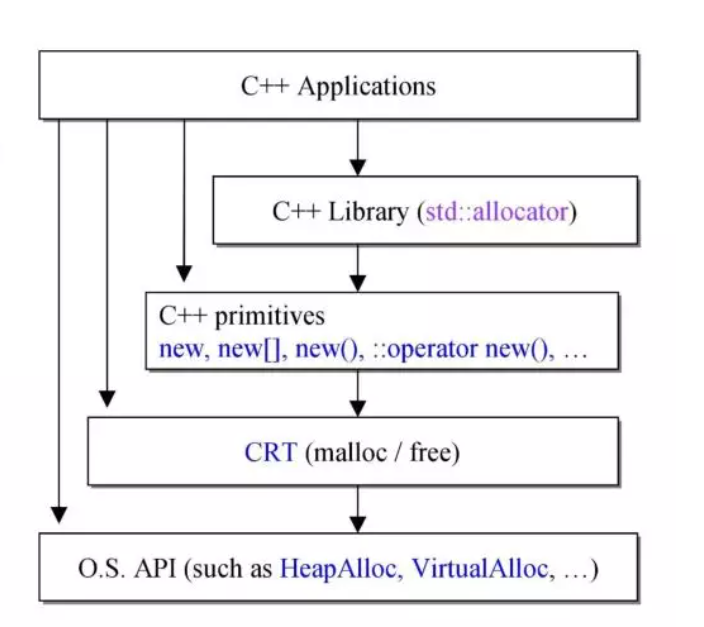这篇文章主要为大家详细介绍了C++基于easyx图形库实现打砖块游戏,文中示例代码介绍的非常详细,具有一定的参考价值,感兴趣的小伙伴们可以参考一下
本文实例为大家分享了C++基于easyx实现打砖块的具体代码,供大家参考,具体内容如下
代码:
#include <graphics.h>
#include <ctime>
#include <iostream>
#include <cassert>
using namespace std;
class Board
{
public:
int x;
int y;
int w;
int h;
COLORREF color;
};
class Board* createBoard(int x, int y, int w, int h, COLORREF color)
{
Board* board = new Board;
assert(board);
board->x = x;
board->y = y;
board->w = w;
board->h = h;
board->color = color;
return board;
}
class Ball
{
public:
int x;
int y;
int r;
int dx;
int dy;
unsigned long color;
};
class Ball* createBall(int x, int y, int r, int dx, int dy, unsigned long color)
{
Ball* pBall = new Ball;
assert(pBall);
pBall->x = x;
pBall->y = y;
pBall->r = r;
pBall->dx = dx;
pBall->dy = dy;
pBall->color = color;
return pBall;
}
class Map
{
public:
Map() {}
//初始化地图
void initMap(int map[][8], int row, int cols);
//绘制地图
void drawMap(int map[][8], int row, int cols);
//绘制木板
void drawBoard(Board* pBoard);
//绘制球
void drawBall(Ball* pBall);
};
class Move
{
public:
//移动球
void moveBall(Ball* pBall, Board* pBaord, int map[][8], int row, int cols);
//球击中木板后
int hitBoard(Ball* pBall, Board* pBoard);
//球击中墙后
int hitBricks(Ball* pBall, int map[][8], int row, int cols);
};
class System
{
public:
//按键操作,控制木板左右移
void keyDown(Board* pBoard);
//计时器
int Timer(int duration, int id);
//游戏结束
int gameOver(Ball* pBall, Board* pBoard);
//游戏结束的文字显示
void outtextxyInfo(int x, int y, const char* info);
//游戏胜利
int windGame(int map[][8], int row, int cols);
};
void Map::drawBoard(Board* pBoard)
{
setfillcolor(pBoard->color);
//木板的x , y 坐标 , 木板的坐标加上 宽度 和高度
solidrectangle(pBoard->x, pBoard->y, pBoard->x + pBoard->w, pBoard->y + pBoard->h);
}
void Map::initMap(int map[][8], int row, int cols)
{
for (int i = 0; i < row; i++)
{
for (int j = 0; j < cols; j++)
{
map[i][j] = rand() % 3 + 1; //[1,3]
}
}
}
void Map::drawMap(int map[][8], int row, int cols)
{
setlinecolor(BLACK);
for (int i = 0; i < row; i++)
{
for (int j = 0; j < cols; j++)
{
int x = 100 * j;
int y = 25 * i;
switch (map[i][j])
{
case 0:
break;
case 1:
setfillcolor(RGB(255, 255, 85));
fillrectangle(x, y, x + 100, y + 25);
break;
case 2:
setfillcolor(RGB(85, 255, 85));
fillrectangle(x, y, x + 100, y + 25);
break;
case 3:
setfillcolor(RGB(85, 85, 255));
fillrectangle(x, y, x + 100, y + 25);
break;
}
}
}
}
void System::keyDown(Board* pBoard)
{
//修改木板的坐标
//_getch()
//使用异步处理函数 , 按键控制
if((GetAsyncKeyState('A') || GetAsyncKeyState(VK_LEFT)) && pBoard->x > 0)
{
pBoard->x -= 1;
}
if((GetAsyncKeyState('D') || GetAsyncKeyState(VK_RIGHT))&& pBoard->x + pBoard->w < 800)
{
pBoard->x += 1;
}
}
void Map::drawBall(Ball* pBall)
{
//setfillcolor(pBall->color);
setfillcolor(RGB(rand() % 255, rand() % 255 , rand() % 255)); //随机颜色
solidcircle(pBall->x, pBall->y, pBall->r);
}
void Move::moveBall(Ball* pBall, Board* pBoard, int map[][8], int row, int cols)
{
//碰撞反弹,
/*if(pBall->x - pBall->r <= 0 || pBall->x + pBall->r >= 800)
{
pBall->dx = -pBall->dx;
}
if(pBall->y - pBall->r <= 0 || pBall->y + pBall->r >=600 )
{
pBall->dy = -pBall->dy;
}*/
if (pBall->x - pBall->r <= 0 || pBall->x + pBall->r >= 800)
{
pBall->dx = -pBall->dx;
}
#if 0
if (pBall->y - pBall->r <= 0 || hitBoard(pBall, pBoard))
{
cout << "发生碰撞" << endl;
cout << "没有发生反射" << endl;
pBall->dy = -pBall->dy;
}
#else
if(pBall->y - pBall->r <= 0
|| pBall->y + pBall->r >= 600
|| hitBoard(pBall,pBoard)
|| hitBricks(pBall,map,row,cols))
{
cout << "发生碰撞" << endl;
pBall->dy = -pBall->dy;
}
#endif
pBall->x += pBall->dx;
pBall->y += pBall->dy;
}
int System::Timer (int duration,int id)
{
static int startTime[10]; //静态变量自动初始化为零
//用静态变量是因为要记录上一次的运行结果
int endTime = clock();
if(endTime - startTime[id] >= duration)
{
//下一次开始的时间编程变成一次结束的时间
startTime[id] = endTime;
return 1;
}
return 0;
}
int Move::hitBoard(Ball* pBall, Board* pBoard)
{
#if 0
if(pBall->y + pBall->r == pBoard->y)
{
if(pBall->x > pBoard->x && pBall->x < pBoard->x + pBoard->w)
{
cout << "发生碰撞" << endl;
return 1;
}
else
{
cout << "碰撞出错" << endl;
}
}
#else
if (pBall->y + pBall->r == pBoard->y)
{
if (pBall->x > pBoard->x && pBall->x <= pBoard->x + pBoard->w)
{
cout << "发生碰撞" << endl;
return 1;
}
else
{
cout << "碰撞出错" << endl;
}
}
#endif
return 0;
}
int Move::hitBricks(Ball* pBall,int map[][8],int row,int cols)
{
int j = pBall->x / 100;
int i = (pBall->y - pBall->r) / 25;
if(i < row && j < cols && map[i][j] != 0)
{
map[i][j] = 0;
return 1;
}
return 0;
}
int System::gameOver(Ball* pBall,Board* pBoard)
{
if(pBall->y + pBall->r > pBoard->y)
{
return 1;
}
return 0;
}
int System::windGame(int map[][8], int row, int cols)
{
for(int i = 0; i < row; ++i)
{
for(int j = 0; j < cols; ++j)
{
if(map[i][j] !=0)
{
return 0;
}
}
}
return 1;
}
void System::outtextxyInfo(int x, int y, const char* info)
{
settextstyle(45, 0, "楷体");
settextcolor(RED);
outtextxy(x, y, info);
}
int main()
{
Map init;
Move move;
System psystem;
System judge;
srand((unsigned int)time(NULL));
initgraph(800, 600);
int map[5][8];
Board* pBoard = createBoard(300, 600 - 25, 200, 25, BLUE);
Ball* pBall = createBall(400, 300, 10, 15, -5, RED);
init.initMap(map, 5, 8);
BeginBatchDraw();
while (true)
{
cleardevice();
init.drawMap(map, 5, 8);
init.drawBoard(pBoard);
init.drawBall(pBall);
if (judge.Timer(20, 0))
move.moveBall(pBall, pBoard, map, 5, 8);
judge.keyDown(pBoard);
//Sleep(10);
if (judge.gameOver(pBall, pBoard))
{
psystem.outtextxyInfo(300, 350, "游戏失败");
FlushBatchDraw();
break;
}
if (judge.windGame(map, 5, 8))
{
psystem.outtextxyInfo(300, 350, "游戏胜利");
FlushBatchDraw();
break;
}
FlushBatchDraw();
}
Sleep(5000);
EndBatchDraw();
closegraph();
return 0;
}以上就是本文的全部内容,希望对大家的学习有所帮助,也希望大家多多支持编程学习网。
沃梦达教程
本文标题为:C++基于easyx图形库实现打砖块游戏


猜你喜欢
- C语言详解float类型在内存中的存储方式 2023-03-27
- Qt计时器使用方法详解 2023-05-30
- C语言手把手带你掌握带头双向循环链表 2023-04-03
- c++ const 成员函数,返回一个 const 指针.但是返回的指针是什么类型的 const? 2022-10-11
- 我应该为我的项目使用相对包含路径,还是将包含目录放在包含路径上? 2022-10-30
- 详解C语言中sizeof如何在自定义函数中正常工作 2023-04-09
- ubuntu下C/C++获取剩余内存 2023-09-18
- Easyx实现扫雷游戏 2023-02-06
- C语言qsort()函数的使用方法详解 2023-04-26
- C++ 数据结构超详细讲解顺序表 2023-03-25









